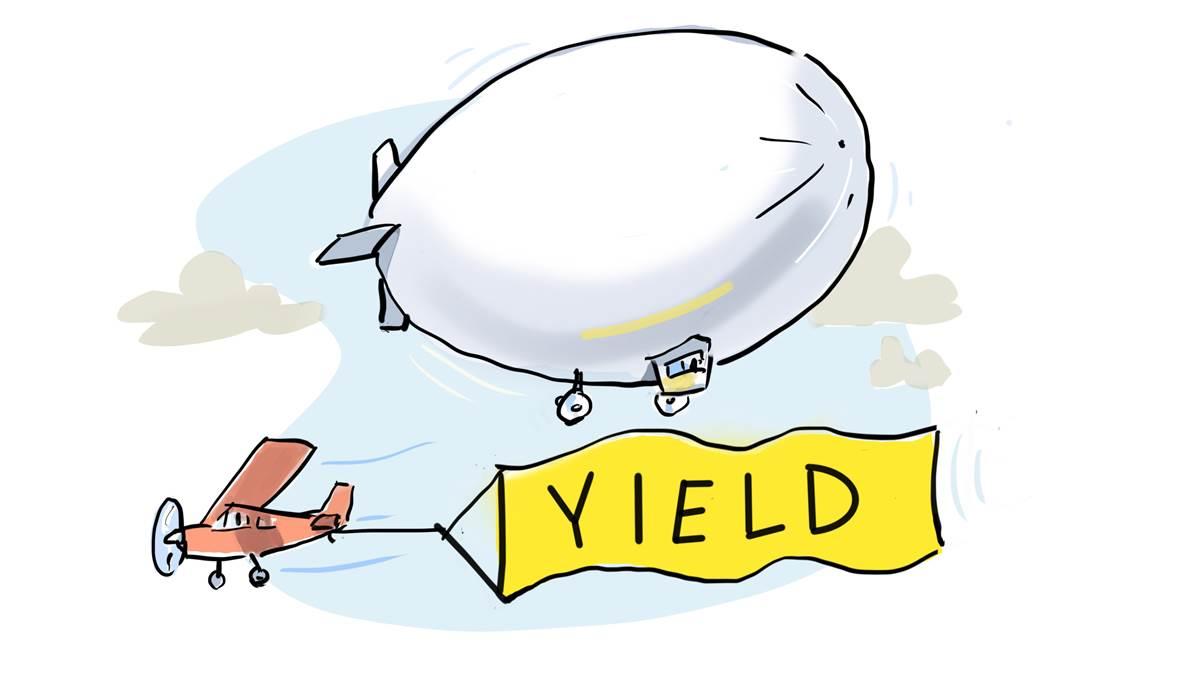
Illustration by John Holm
- From reader John Schmidt: When converging at the same altitude, which of these three aircraft has the least right of way—it must give way to the other two?
A. A blimp (airship)
B. A Citabria towing a banner
C. A glider - Where did the world’s worst air disaster occur (in terms of lives lost) and what type(s) of aircraft was (were) involved?
- From reader John Covert: What unusual procedure was occasionally used by the U.S. Navy to protect some of its parked SNJs (the Navy edition of the North American T–6) from hurricane damage during World War II?
- What is the quaint British slang used to describe a turn-and-bank indicator?
- Pilots are aware that the winds over the United States and the mid-latitudes (30 to 60 degrees north) are known as the prevailing westerlies. What are the winds called in the high latitudes (north of 60 degrees north) and the low latitudes (between the Equator and 30 degrees north).
- Who was first to fly a heavier-than-air aircraft?
- True or false? The designation Mooney Mark 22 was first used on the twin-engine Mooney.
- True or false? Modern twin-engine jetliners are equipped with three jet engines.
Test Pilot Answers
- The correct answer is A. The blimp must give way to the other two. (An aircraft towing or refueling other aircraft has the right-of-way over all other engine-driven aircraft.)
- This tragedy claimed 583 lives when two Boeing 747s (one taxiing and one taking off) collided on the runway at Tenerife in the Canary Islands on March 27, 1977.
- The aircraft were parked on their bellies with their landing gear retracted and propellers positioned horizontally.
- A bat and ball.
- High-latitude winds are known as polar easterlies, and low-latitude winds are called (northeast) trade winds (in the Northern Hemisphere).
- According to American Heritage of Flight, Sir George Cayley, considered the father of aerial navigation (flight), coaxed his reluctant coachman (in 1853) into making a trial run in a glider that lifted him across a shallow valley and set him down in a cloud of dust.
- True. Mooney built one twin in 1958. The sole example consisted of a Mark 20 fuselage with new wings and a pair of 150-horsepower engines. Subsequent Mark 22s were pressurized, single-engine airplanes.
- True. The additional (third) jet engine is the auxiliary power unit (APU) that provides electrical, hydraulic, and pneumatic power primarily when the aircraft is on the ground.

Barry Schiff
Barry Schiff has been an aviation media consultant and technical advisor for motion pictures for more than 40 years. He is chairman of the AOPA Foundation Legacy Society.


